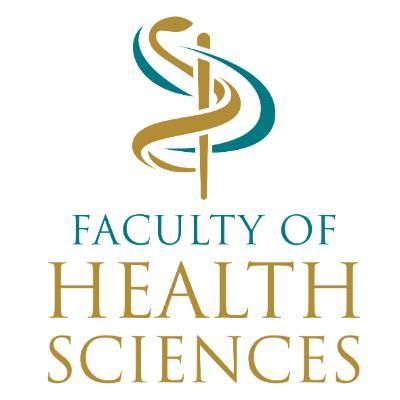Critically Ill Africans Treated Outside Intensive Care
- FHS Communications
A major study across 22 African countries
The first thing you’d expect to happen when you walk into a hospital with a loved one who’s struggling to breathe or is barely conscious is to get immediate care and for the medical staff to administer oxygen, fluids, or maybe even a transfer to intensive care. But in many African hospitals, that care might not be available.
A major study across 22 African countries, the African Critical Illness Outcomes Study (ACIOS), which was published in The Lancet, found that 1 in 8 hospital patients is critically ill, yet most are treated in regular wards, not intensive care units.
Study overview
The study highlights a significant and preventable burden of critical illness in Africa. The study found that 68.6% of critically ill patients were treated in general wards, not intensive care units. Only 17.1% were in ICUs, and 14.2% in high care units, highlighting limited access to specialised care settings across African hospitals.
Wits Honorary Associate Professor, Juan Scribante and South Africa’s national lead in the study, says although it is known that the burden of critical illness is high in Africa, the higher burden of critical care illness is not reflected in the number of critical care beds per capita in Africa compared with high-income countries.
Key findings
The lack of access to specialised care contributed to a 7-day mortality rate of 20.7% among critically ill patients—nearly eight times higher than for non-critically ill patients. Basic essential emergency and critical care (EECC) interventions, such as oxygen therapy, intravenous fluids, and airway support, were underutilised, with only 44.4% of patients receiving complete EECC care.
Resource limitations were widespread in the 180 participating hospitals, and just 7.5% of these had all the necessary EECC resources. EECC resource availability was 22.5% for training, 36.4% for guidelines, and 53.8% for drug access - notably lacking.
Professor Scribante says that timely access to critical care can save lives in any healthcare context. “There are low-cost emergency and critical care interventions that do not require highly specialised training to deliver,” she says. She further notes that the extent to which these inventions are used to manage critically ill patients is unknown.
The study also found that critical illness was the strongest predictor of in-hospital death and that conditions like infections, cancer, and HIV/AIDS further increased mortality risk.
Although there is already a Global EECC programme in which many ACIOS investigators serve, Professor Scribante hopes that the ACIOS findings will assist the programme in directing its initiatives. “Investigating the availability of emergency and critical care interventions is fundamental to inform future service needs and provision,” she says.


